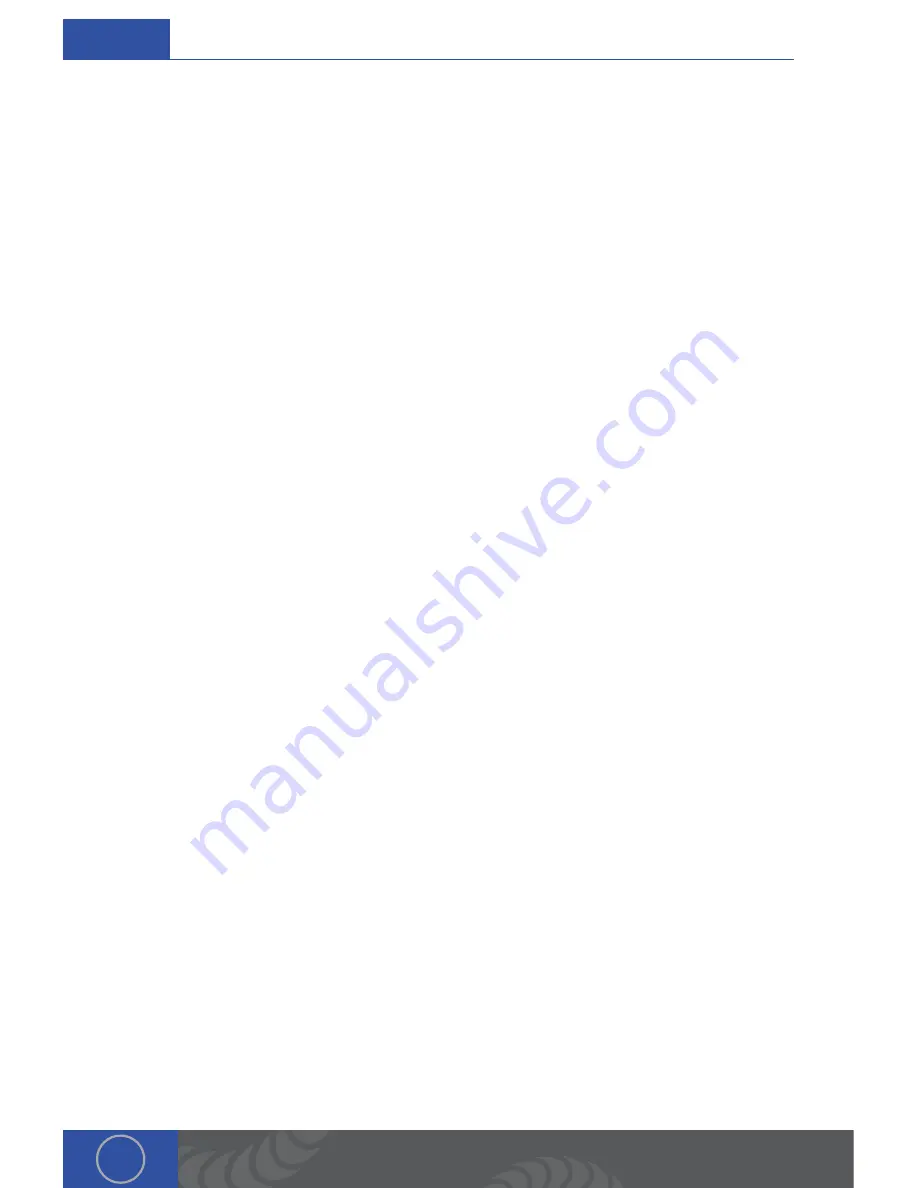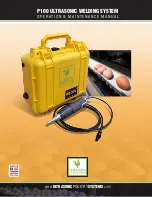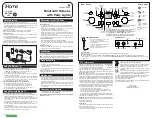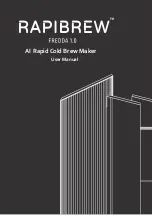
100c
User Manual
56
ch
.
11
For all welds, the size and thickness of the metal will play a significant role in the energy settings
that you choose . Orion recommends that users start at a low energy, and work upwards until an
appropriate energy setting is found .
WILL I CONTAMINATE MY BASE MATERIAL WITH THE TUNGSTEN ELECTRODE?
There is a possibility of tungsten contamination when the Orion user forces the welding electrode
into the weld material . However, with proper practice using the pulse-arc welding stylus
contamination is very unlikely .
DO I NEED TO USE ARGON TO WELD?
Argon is necessary to produce a clean and repeatable pulse-arc weld . Without protective argon,
oxygen may combine with the weld metal to produce brittle and porous welds . In Tack Mode,
however, protective argon is not necessary . Other protective gases can also be used, such as
pure nitrogen . However Orion recommends high purity argon . This can be purchased at your local
welding supply shop .
HOW DO I CONTROL WELD SPOT SIZE AND WELD DEPTH?
Simplified answer: Energy adjusts your spot size while your weld time controls penetration .
In reality both of these factors (energy and time) influence both welding characteristics (spot
size and weld depth) . However, the above rule-of-thumb will allow good and intuitive control of
your welding parameters . It is also important to keep your tungsten electrode sharp to maintain
precise control over the characteristics of the weld spot size and weld depth .
HOW MUCH HEAT IS ADDED TO MY WORKPIECE?
The Orion is capable of extremely fine welds . In low energy settings, small amounts of energy are
added and cause virtually no heat to be added to the workpiece . During small welds involving little
energy it is possible to hold the work-piece in hand . For applications that require higher energy,
the Orion is capable of adding up to 100 Joules (Ws) of energy to a weld . Until the user is familiar
with the welding characteristics of the Orion, we recommend holding all parts with the pulse-arc
attachments (e .g . alligator clip) and not with your fingers .
WHAT IS THE SMALLEST AND LARGEST SPOT SIZE ACHIEVABLE?
The answer to this question depends greatly on the material being welded . However, spot sizes of
down to 0 .75 mm and up to 3 .5 mm are typical and simple to implement .
HOW DEEP CAN MY PULSE-ARC WELD PENETRATE?
Depends on the material being welded, however, spot depth of down to 1 mm can be achieved .
HOW LONG WILL ELECTRODES LAST?
Under normal use electrodes will last for approximately 8,000 welds . To ensure that you get the
most life out of your electrodes use argon gas for pulse-arc welding and maintain a sharpened
electrode tip during the welding process .
ARE THERE SPECIAL JOINT PREPARATIONS NEEDED WHEN PULSE-ARC WELDING?
Pulse-arc joint preparation is very similar to that of general “tungsten inert gas” – TIG welding .
Some different types of weld preparation include the simple “I” seam (but joint), X, Y and V joints
(named for the way they look) . The “I” seam may require no filler material, while the X, Y and V
require filler material and may require successive layers of material to be added to the joint . For





































